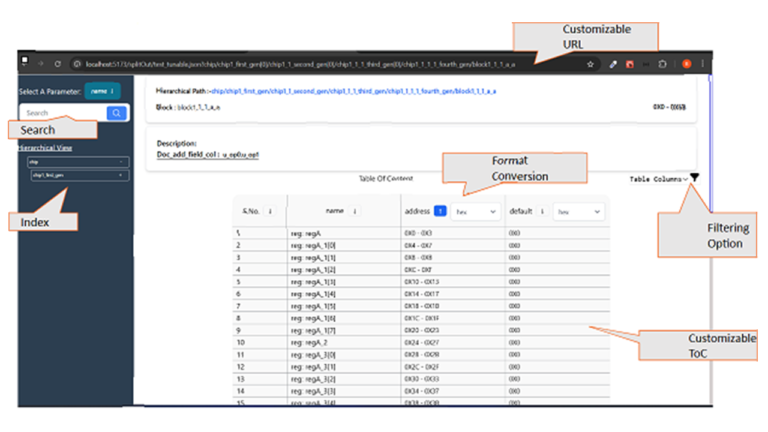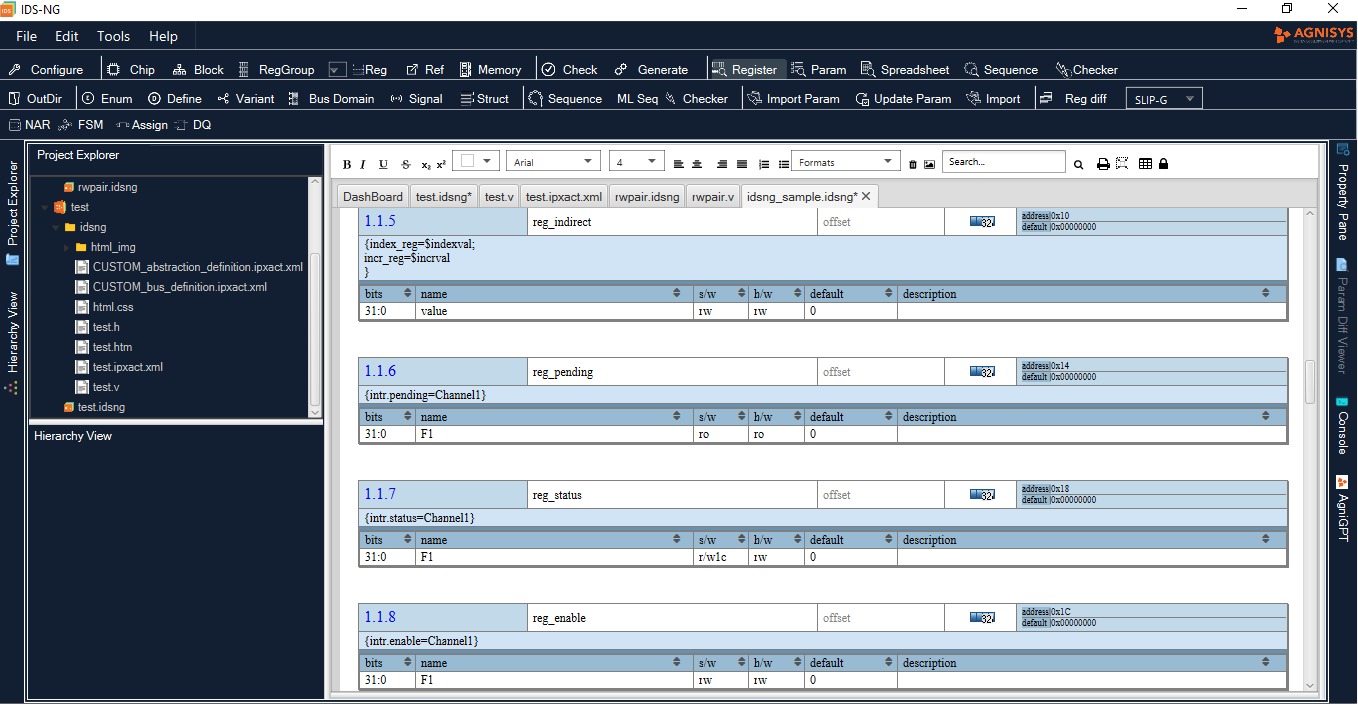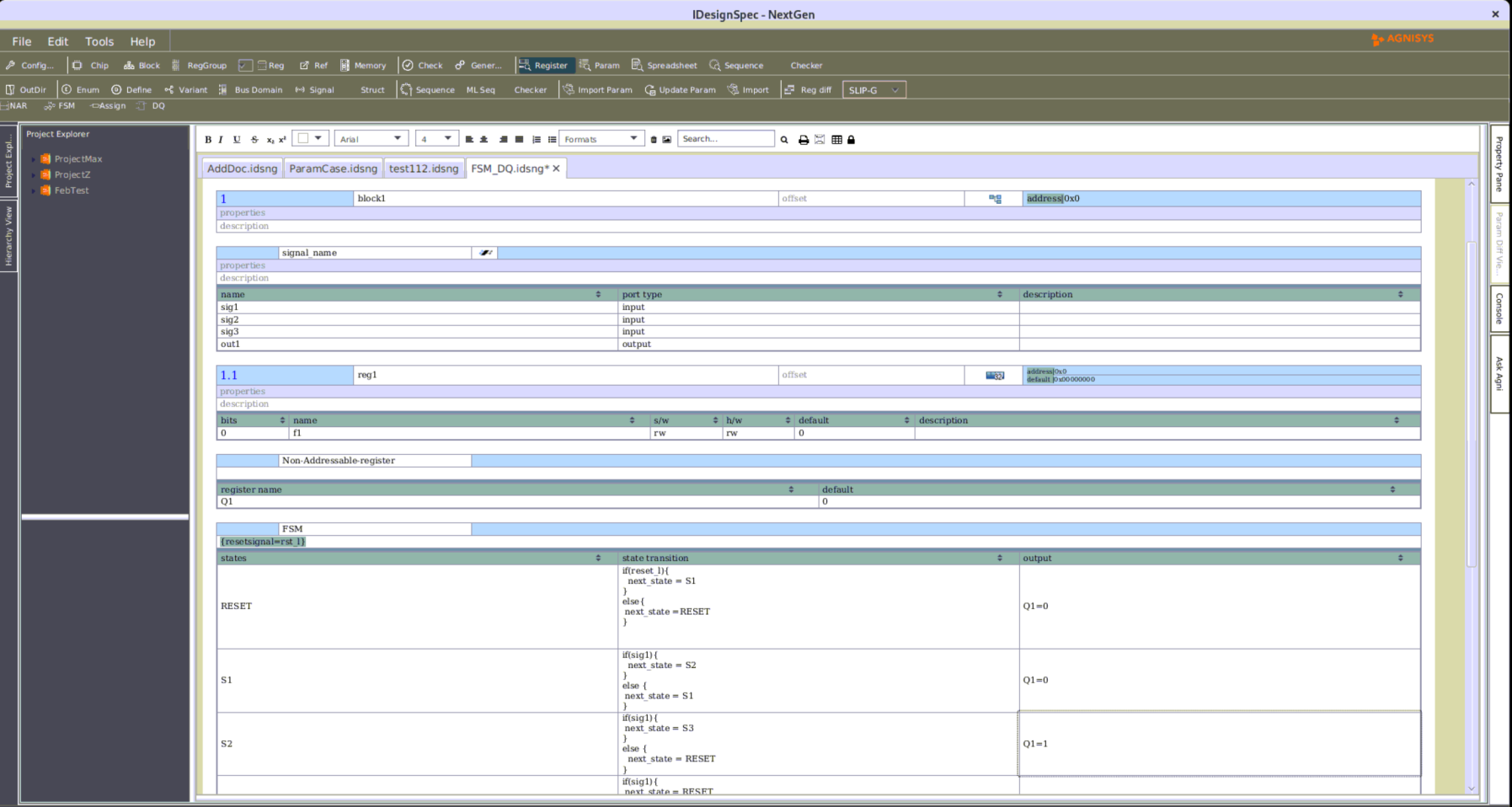SEMICONDUCTOR DESIGN AND VERIFICATION ARTICLES

Our Latest Blogs
When looking at emerging and rapidly expanding technologies, it can be hard to separate the reality, the potential, and...
Managing and visualizing register maps is critical for any chip design team. Complex IPs and SoCs demand tools that offer...
As AI seems to be taking over the world, and AI chips seem to be taking over the semiconductor...
Every semiconductor design starts with a specification, traditionally written in a natural language such as English. Every team—hardware, software, verification...
American statesman Benjamin Franklin is famously quoted as saying “in this world, nothing is certain except death and taxes.”...
If I’ve been blogging a lot about artificial intelligence (AI) recently, there are several good reasons for this. Of course...
Over the years, there have been some seismic shifts in the semiconductor industry. Because of the huge quantity used...
Every IP and chip design is created for one reason: to build a successful electronic product. This is true regardless...
Developing a System-on-Chip (SoC) is a complex process involving multiple steps, iterations, and collaboration across diverse teams. From managing...














